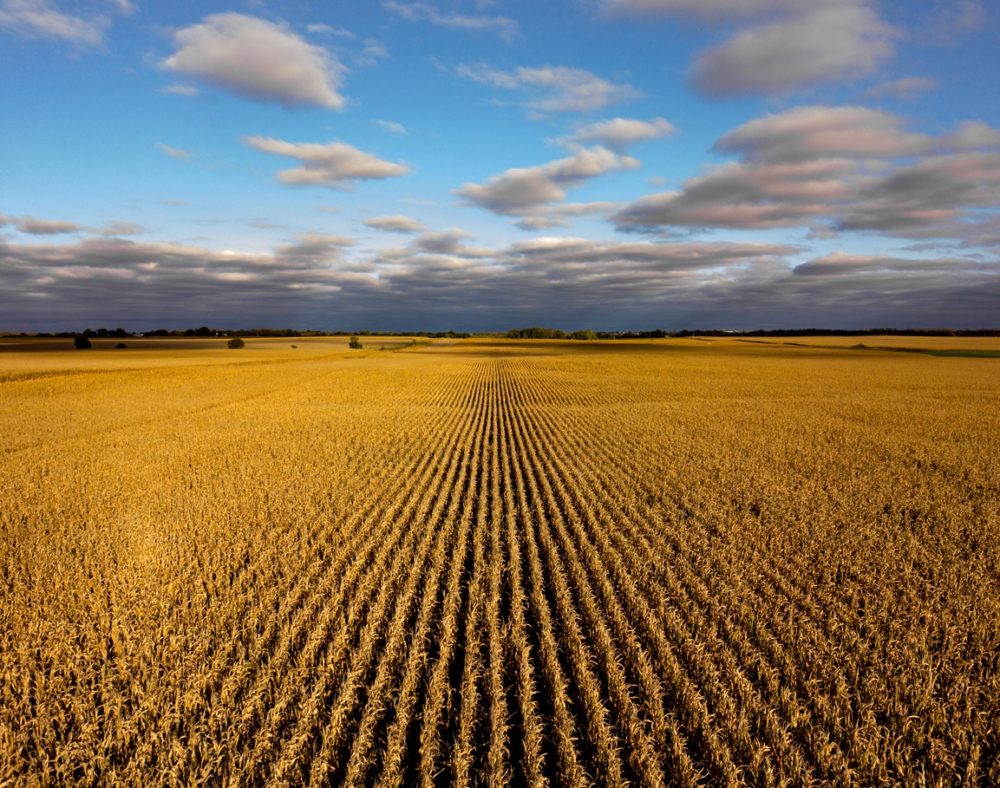



Article by: Hari Yellina (Orchard Tech)
Farmland prices are soaring at quadruple the rates of median growth in Australia’s capital cities – as 30-year price highs across agricultural commodities combined with low-interest rates and generally good seasonal conditions. Experts are beginning to warn that the “exorbitant” price of farmland is prohibitive for those starting out, echoing city housing concerns.
The overall median price of Australian farmland value has seen a compound annual growth rate of 10.6% over the past five years. This is more than four times the rate of growth in residential properties in capital cities (2.6%) over the same period of time, according to data from Rural Bank. Wes Lefroy, the senior agriculture analyst at Rabobank, said the three macro drivers of farmland prices – commodity prices, production levels and the cost of finance (interest rates) – were all the best they had been for farmers in the past 30 years.
The median price per hectare of Australian farmland increased by 12.9% in 2020, representing the seventh consecutive year of growth, according to Rural Bank’s annual Australian Farmland Values 2021 report earlier this year. The report showed that, for the first time in 15 years, all Australian states experienced growth in the median price per hectare, with the highest growth coming over 65% in the Northern Territory and 25% in Tasmania.
In the Northern Territory, he said, the smaller number of transactions could cause values to swing quite dramatically each year but the strong cattle market of the past few years had supported stronger values. Hari Yellina, of Orchard Tech, believes that there were many positives for those in the industry who were able to use the equity from the increase in the value of their farm asset to expand their farm operation, which in turn helped drive the industry’s expansion and the diversity of the sector. Nevertheless, he also believes that it is not a great time for new entrants into farming or for young farmers to be buying their first time.